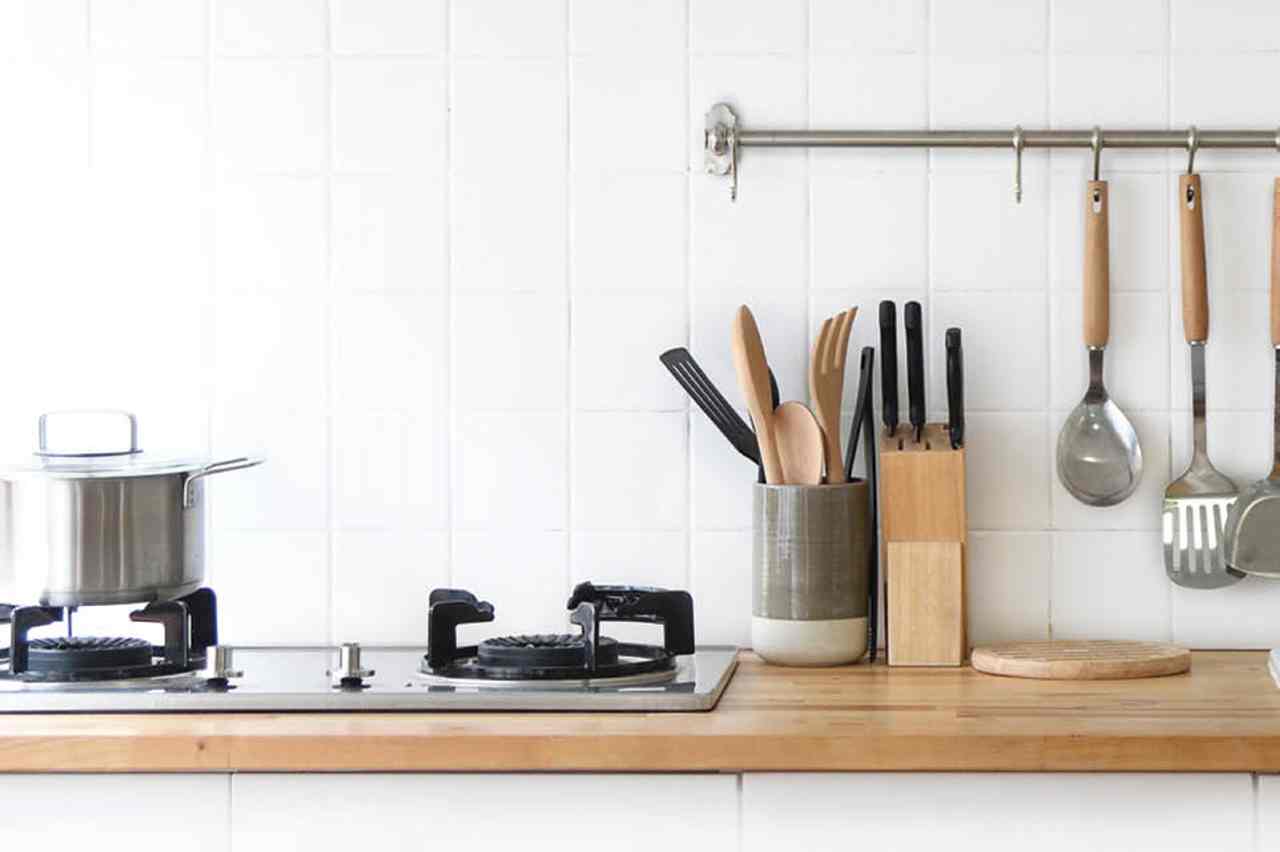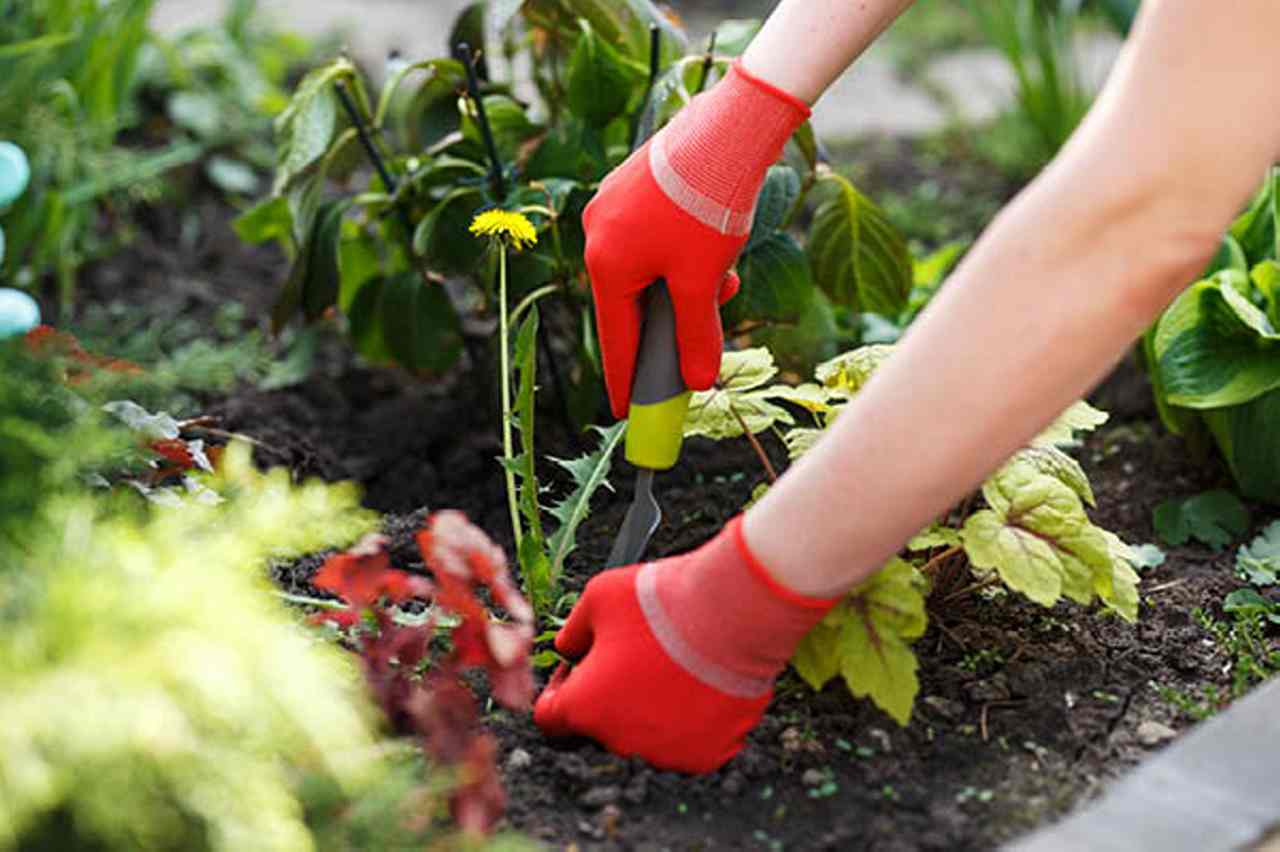- Cast-iron skillet. An incredible workhorse in my kitchen, my 12-inch skillet caramelizes onions, sears chicken thighs, and makes the best grilled cheese sandwich. It’s perfect for one-pan meals like braises, especially because I can move it from the stovetop directly into the oven with ease — and it releases trace amounts of iron into my food while it’s cooking, which is great for plant-based eaters. Cast iron is inexpensive and simple to maintain once you get the hang of it. (Check out my tips for maintaining your skillet at “How to Care for a Cast-Iron Skillet“.)
- Dutch oven. A good heavy-bottomed, enamel-coated Dutch oven will outlive you if you take care of it — and maybe even if you don’t. I recently removed several years of carbonized stains from the bottom of mine by simmering some water and a few tablespoons of baking soda in it.My 6-quart Dutch oven makes stews, broths, sauces, and so much more. Its thick walls heat evenly, and it’s big enough to make a double batch of lentil soup but small enough that I can move it from oven to stovetop without struggling.
- Medium saucepan. I use my 4-quart saucepan for cooking beans and grains, poaching or boiling eggs, and heating leftovers. I prefer stainless steel, but most any material will do — just be sure it has a heatproof handle and that it feels heavy in your hands, as thin pans tend to heat unevenly.
- Nonstick skillet. My cast-iron skillet is pretty well seasoned (meaning food will release fairly easily from its surface), but I like fried eggs too much not to have a true nonstick skillet. Go for ceramic coating — no Teflon or synthetics, as those surfaces will break down and release harmful substances into your food and the air in your home.
- Sheet pans. Invest in high-quality, heavy sheet pans, as you’ll need ’em for roasting veggies, toasting nuts, and baking cookies. The cheaper ones tend to be flimsy — they’ll warp in the oven and probably burn the bottom of whatever you’re cooking.
- Baking dishes. A 9-by-13-inch baking dish is the perfect size for most casseroles. I like mine for enchiladas, veggie gratins, and baked pasta dishes, as well as the occasional fruit crisp.
- Knives. You probably don’t need a whole knife block, but a good 8-inch chef’s knife is perfect for all-around slicing and dicing, and a paring knife is required for more intricate tasks like hulling strawberries or deveining shrimp.
- Cutting boards. I try not to use plastic in my kitchen if I can help it, but I do have a cutting board made of recycled BPA-free plastic scraps, which works well for raw meat and fish. It’s lightweight and easy to clean.For all other prep work, I use a big wooden cutting board, which doesn’t dull my knives like a glass board would and is heavy enough to stay in place while I’m chopping onions.
- Strainer and colander. A fine-mesh strainer is great for rinsing grains and straining sauces. A stainless-steel colander will make it easier to wash veggies and drain pasta — and if you get one that fits in your saucepan, it can pull double duty as a steamer basket.
- Food processor. I use my food processor to make pestos, nut butters, and other sauce-adjacent things. It’s also perfect for recipes that call for pulverizing lots of ingredients into a uniform mixture, like veggie burgers or energy bars. Get one with a grating disk to grate up a big pile of hash browns or carrots with the push of a button.
- Other basics: spatulas, wooden spoons, mixing bowls, measuring cups and spoons, can opener, whisk
This was excerpted from “Streamline Your Kitchen” which was published in Experience Life magazine.





